The volume charge density as a function of distance X from one face inside a unit cube is varying as shown in the figure. Then the total flux (in S.I. units) through the cube if (ρ0=8.85×10−12C/m3) is :
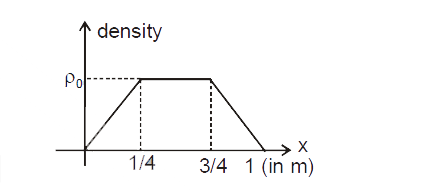
1/4
1/2
3/4
1
The correct Answer is:C
Step by step video & image solution for The volume charge density as a function of distance X from one face inside a unit cube is varying as shown in the figure. Then the total flux (in S.I. units) through the cube if (rho_(0)=8.85xx10^(-12)C//m^(3)) is : by Physics experts to help you in doubts & scoring excellent marks in Class 12 exams.
Topper's Solved these Questions
- BOOK - MOTIONCHAPTER - ELECTROSTATICS-IIEXERCISE - Exercise 1 (Section B - Properties of conductors)15videos
ELECTROSTATICS-II
- BOOK - MOTIONCHAPTER - ELECTROSTATICS-IIEXERCISE - Exercise 1 (Section C - Spheres Problem, Electrostatics pressure)16videos
ELECTROSTATICS-II
- BOOK - MOTIONCHAPTER - ELECTROSTATICS-IIEXERCISE - Exercise - 4 (Level - II)30videos
ELECTROSTATICS-II
- BOOK - MOTIONCHAPTER - ELECTROSTATICS - I EXERCISE - EXERCISE - 4 (Level -II) PREVIOUS YEAR - JEE ADVANCED13videos
ELECTROSTATICS - I
- BOOK - MOTIONCHAPTER - ERRORS , THEORY EXERCISE - EXERCISE 4 (LEVEL -II)10videos
ERRORS , THEORY
Similar Questions
The volume charge density as a function of distance X from one face inside a unit cube is varying as shown in the figure. Find the total flux (in S.I. units) through the cube (If ρ0=8.85×10−12C/m3).
 View Solution
View SolutionThe volume charge density as a function of distance x from one face inside a unit cube is varying as shown in the figure. The total flux (in SI units) through the cube is.
'(##CEN_KSR_PHY_JEE_C18_E01_022_Q10##) A particle having charge q=+2.00μC and mess m=0.0100kg is connected to a string having length L=1.50 m and is tied to the pivot point P shown in the figure. The particle, string, and pivot point all lie op a frictiontess horizontal table. The perticle is released from rest when the string makes an angle θ=60∘ with a uniform electric field of magnitude E=300 V / m .The speed (in m / s ) of the particle when the string is parallel to the electric field (shown in figure) is x. Find 10x.
'(##CEN_KSR_PHY_JEE_C18_E01_021_Q09##)'View Solution
Knowledge Check
- Question 1 - Select One
An infinite, uniformly charged sheet with surface charge density σ cuts through a spherical Gaussian surfance of radius R at a distance X from its center, as shown in the figure. The electric flux Φ through the Gaussian surfce is .
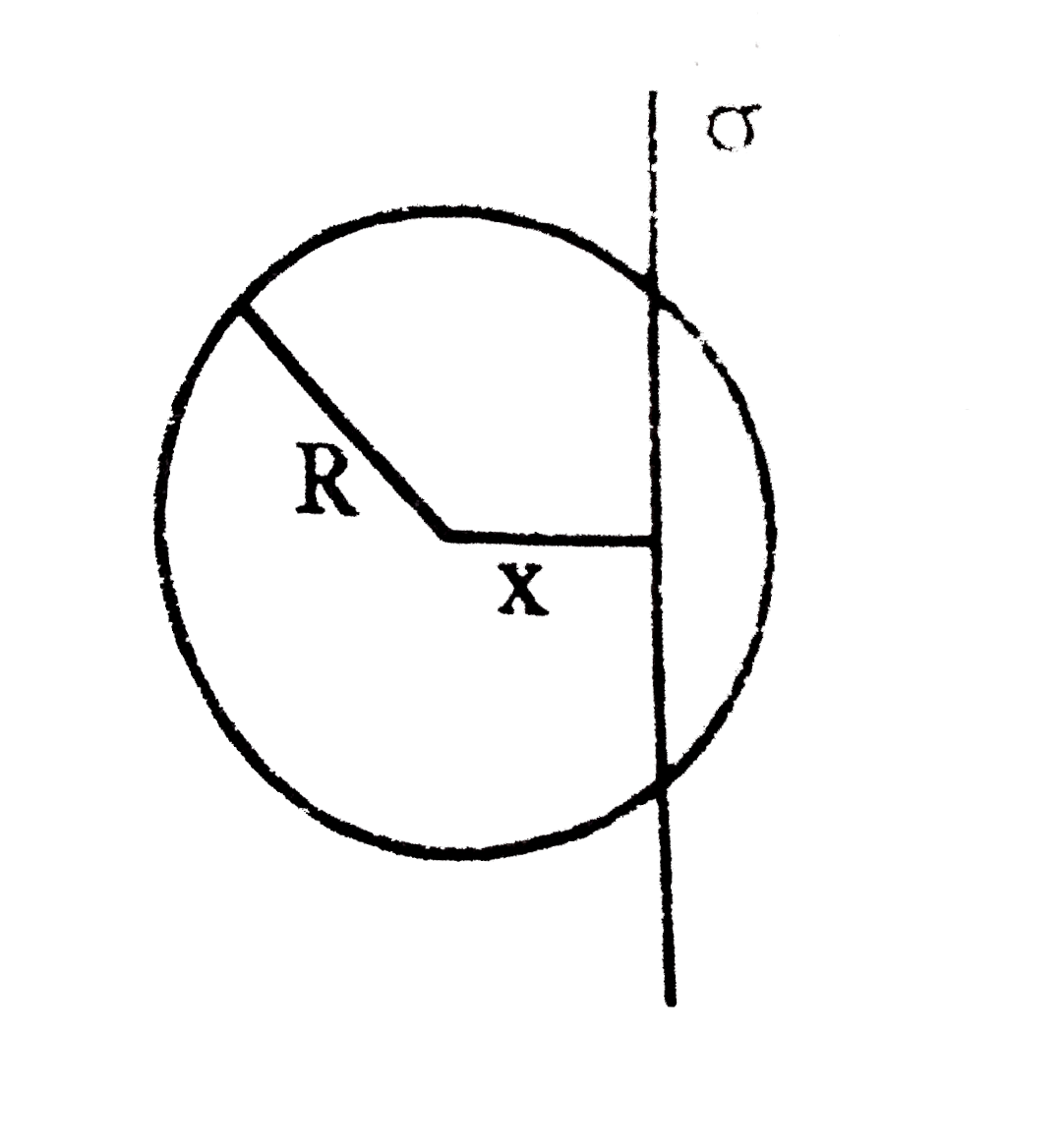 AπR2σɛ0Bπ(R−x)2σɛ0Cπ(R−x)2σɛ0Dπ(R2−x2)σɛ0
AπR2σɛ0Bπ(R−x)2σɛ0Cπ(R−x)2σɛ0Dπ(R2−x2)σɛ0 - Question 2 - Select One
Two infinite line charges each having uniform charges density lamdba .pass through the mid points of two pairs of opposite faces of a cube of edge L as shown in figure .The modulue of the total electric flux due to the both the line charges through the face
 ACDHGis λl2ε0BAEHDis λl3ε0CABCD is λl2ε0DCDHG is λl3ε0
ACDHGis λl2ε0BAEHDis λl3ε0CABCD is λl2ε0DCDHG is λl3ε0 - Question 3 - Select One
A Force F acting on an object varies with distance x as shown in the figure.
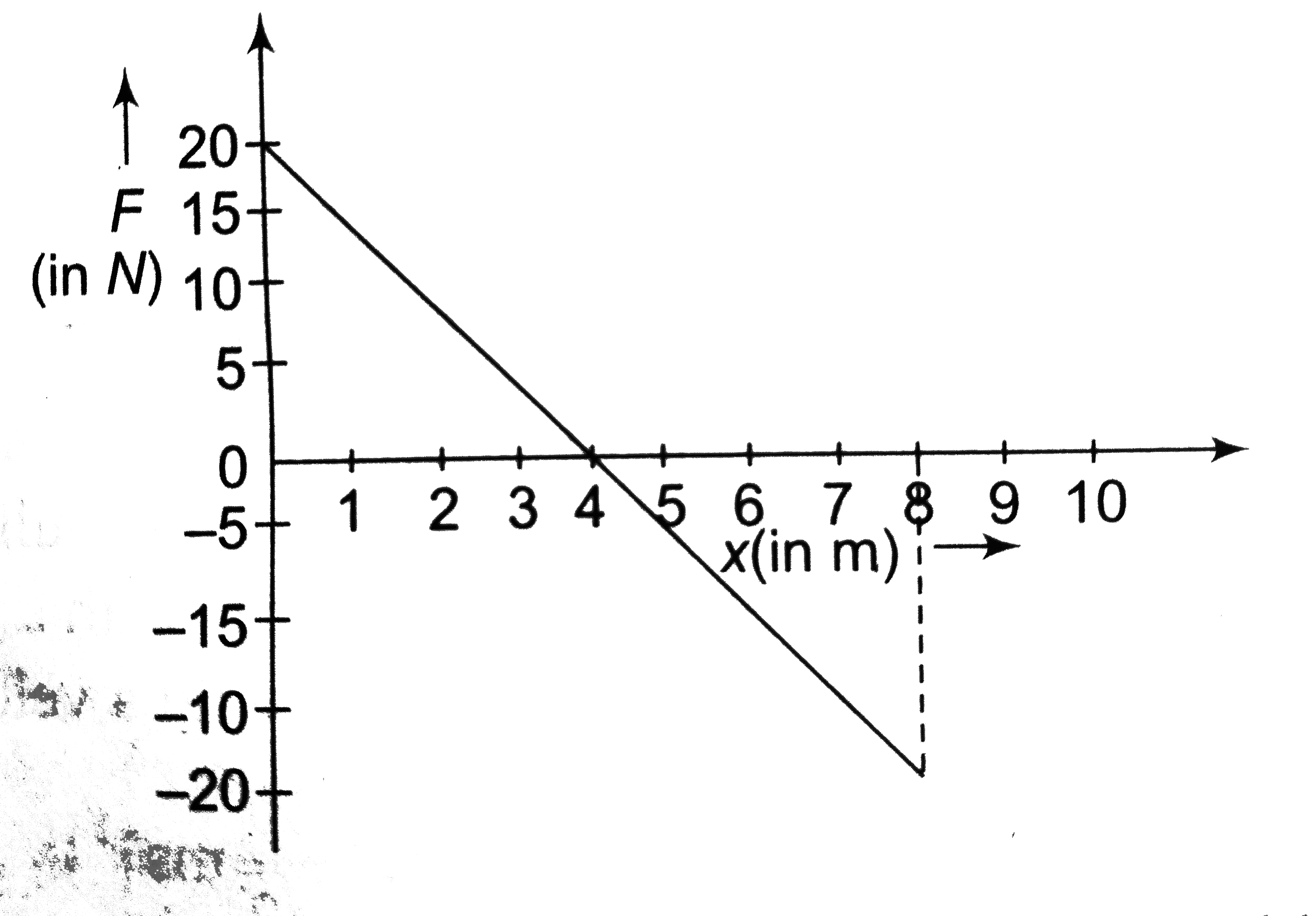
The work done by the force in moving the object from x=0 to x=8m isAzero JB80JC−40JD40J
A point charge of +12μC is at a distance 6 cm vertically above the centre of a square of side 12 cm as shown in figure. The magnitude of the electric flux through the square will be _______ ×103Nm2/C.
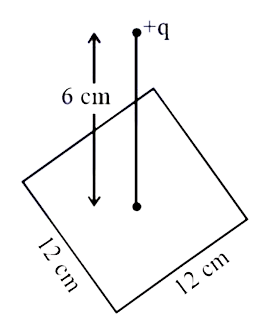 View Solution
View SolutionA point charge of 4.427 μC is at the centre of a cube Gaussian surface 9.0 cm on the edge. Find the net electric flux through the surface. (ε0=8.854×10−12C2N−1m−2)
View SolutionThe surface density of charge on the surface of a charged conductor in the air is 26.5μCm−2 . The the outward force per unit area of the charged conductor is (ε0=8.85×10−12C2N−1m−2)
View SolutionEnergy density E (energy per unit volume ) of the medium ar a distance r from a sound source varies acording to the curve shown in figure. Which of the following are possible?
 View Solution
View SolutionA cavity of radius r is made inside a solid sphere. The volume charge density of the remaining sphere is ρ. An electron (charge e, mass m) is released inside the cavity from point P as shown in figure. The centre of sphere and center of cavity are separated by a distance a. The time after which the electron again touches the sphere is
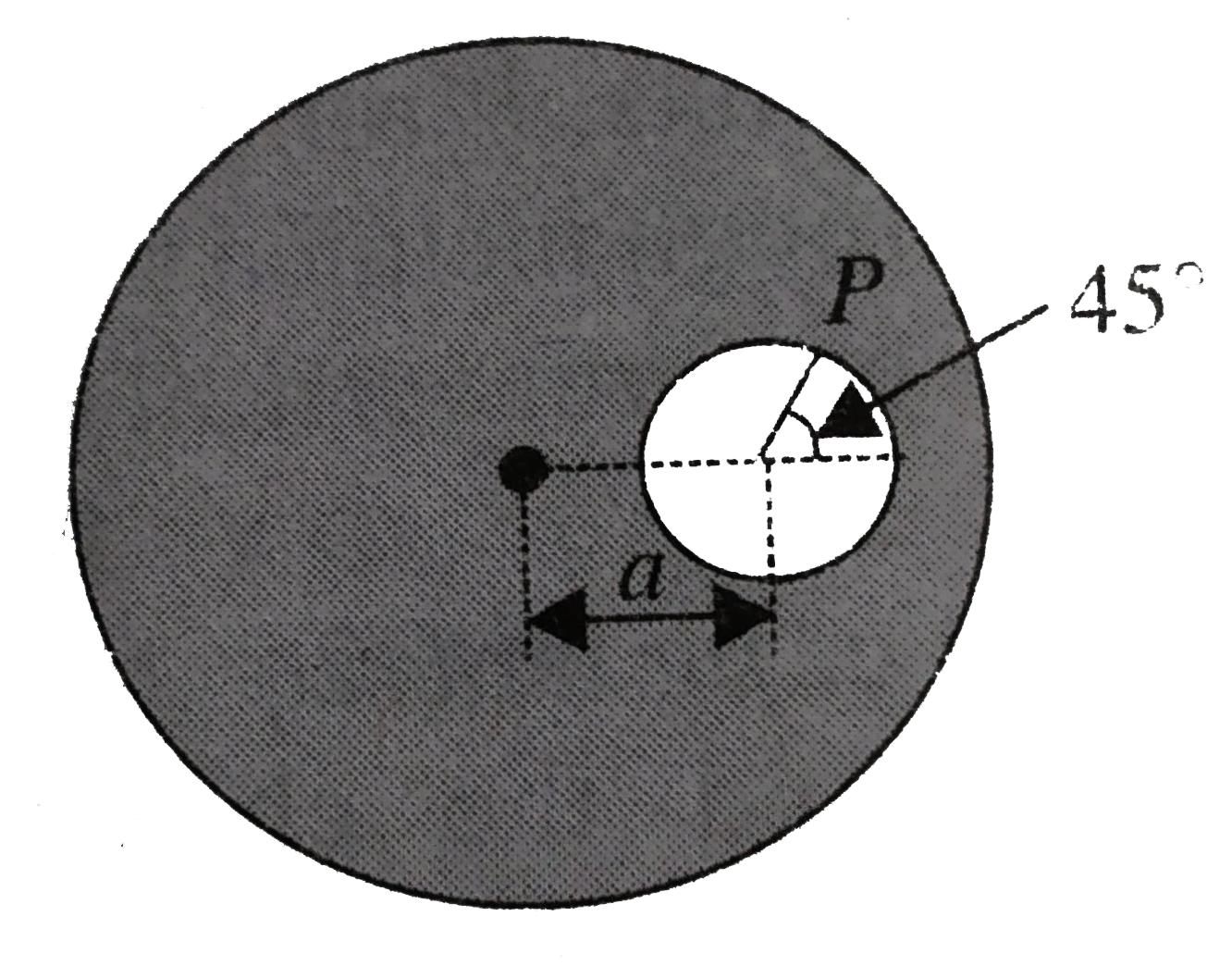 View Solution
View Solution

